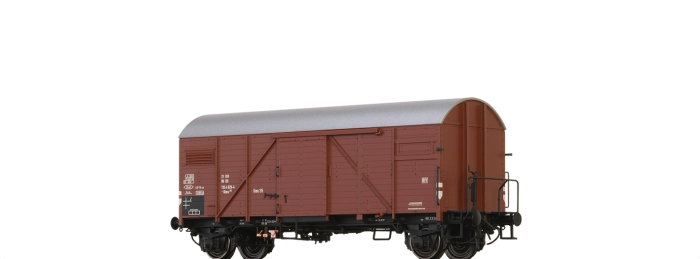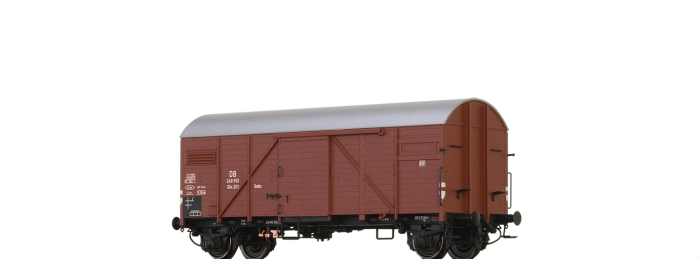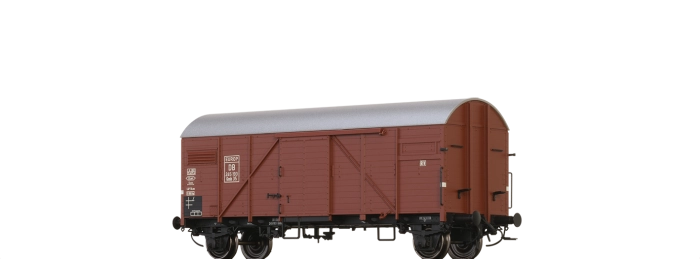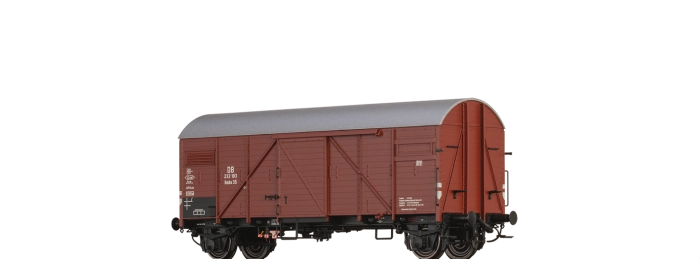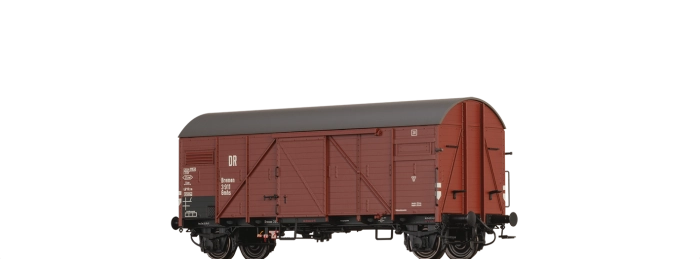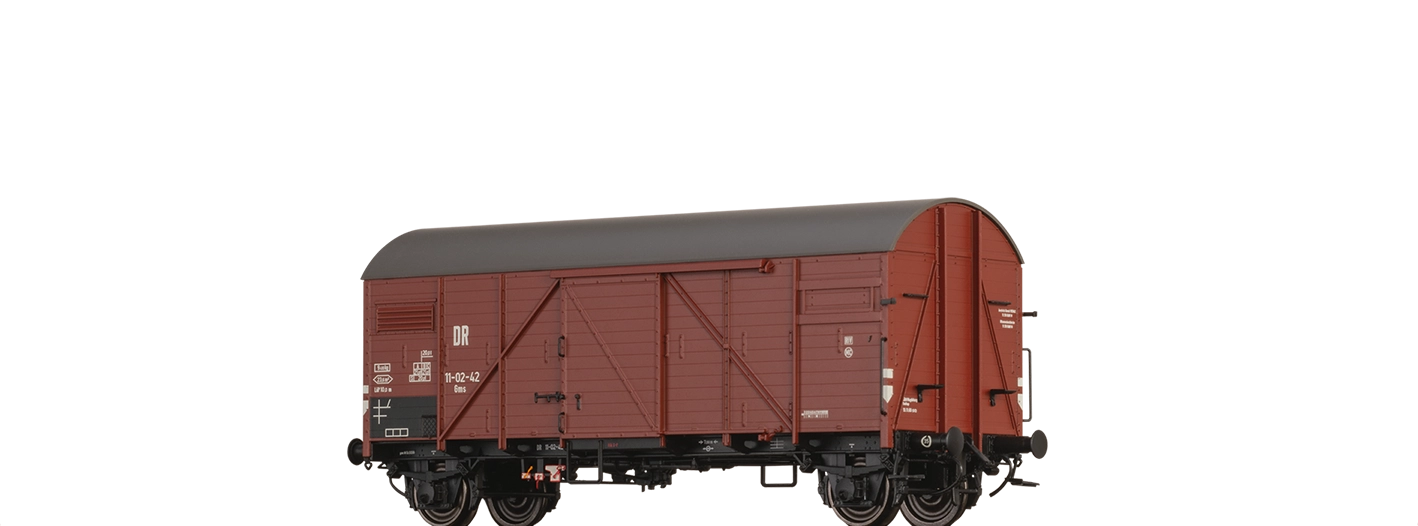
Covered Freight Car Gms DR
Road no.: 11-02-42
Model details
- Metal axle bearing
- Different design of the car bodies
- True to original frame construction
- Individually mounted axle box cover
- Brake blocks in wheel plane
- Individually mounted handrails, steps and brake systems
- Individually mounted axle brake rod
- Perforated car body supports
Downloads
Info about the original
The East-German National Railway (Deutsche Reichsbahn) was constantlystriving to expand and upgrade its vehicle fleet. The Gm(h)s Bremen can thus be seen as the successor to the Gms Oppeln design. Representing the state of the art, the Gm(h)s Bremen wagons were manufactured from 1943 onwards in a welded design and had an extremely long wheelbase of seven metres to ensure the required smooth running. In addition, 260 mm-high solebars were used for the first time, which were lighter and reduced costs by around 25% compared to the predecessor design, the Gms Oppeln. The exact number of wagons delivered by the end of the war is unknown. Based on the existing inventories, however, it can be assumed that at least 7,230 units were acquired by various state railways. In 1949, with growing transport volumes creating an urgent need to replace the large numbers of goods wagons lost during the war, the head office of the Reichsbahn in the British/US zone placed new orders that prompted the resumption of production of the Gm(h)s 35. In terms of the design, there were only minor changes compared to the original version. Without doubt, the most striking of these were the new vertical strut on the loading door and the omission of the front diagonals. The Deutsche Bundesbahn’s (DB) inventory was thus expanded by an additional 5,925 Gm(h)s wagons by the end of 1950. In the Soviet zone, the Deutsche Reichsbahn resumed production at the end of 1945 and classified these wagons as Gmhs 11. The Reichsbahn accumulated a total stock of about 800 wagons of this type, of which a large number were modernised at the Reichsbahn repair shed Magdeburg from 1967 onwards. The upgrades included UIC sliding loading doors and ventilation hatches as well as cladding on the upper third of the side panels. The wagons were also fitted with metal roofs and converted to wheel sets with roller bearings.



![51302 - Gedeckter Güterwagen Glmrs§[1364]§ "Expressgut" DR](/fileadmin/user_upload/produkte/webp/mobil_700/51302.webp)
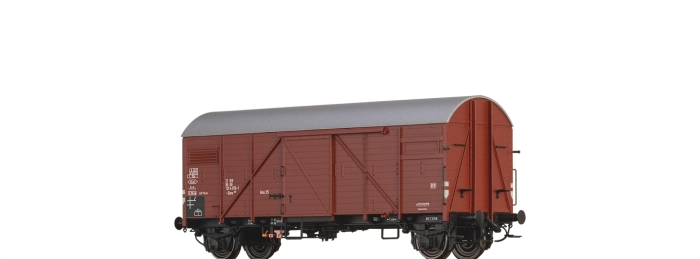
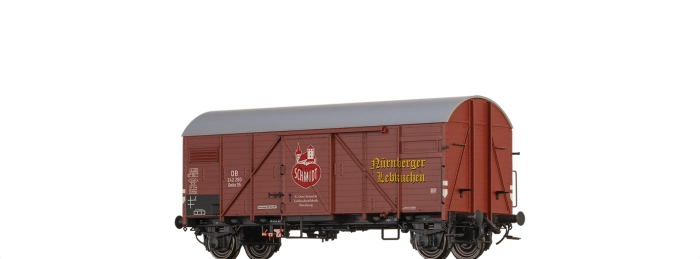
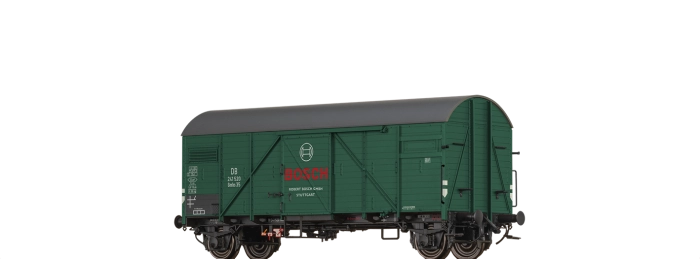
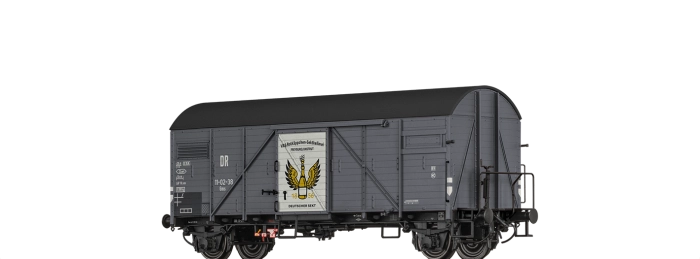
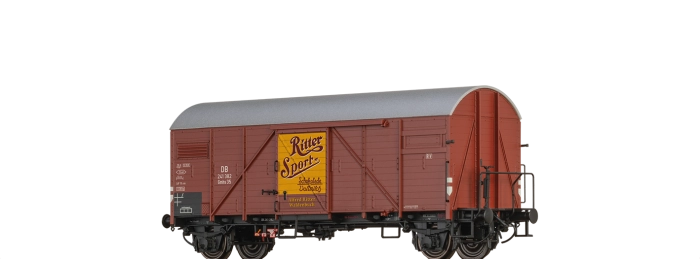
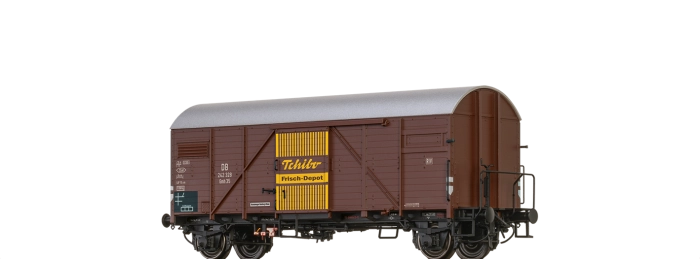
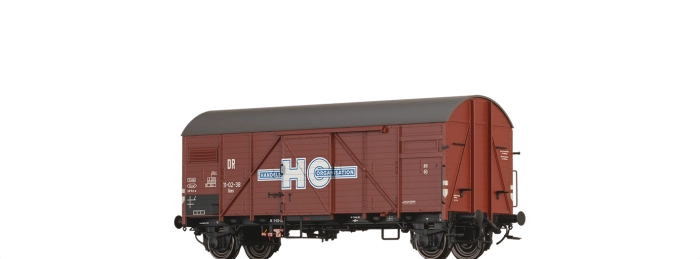
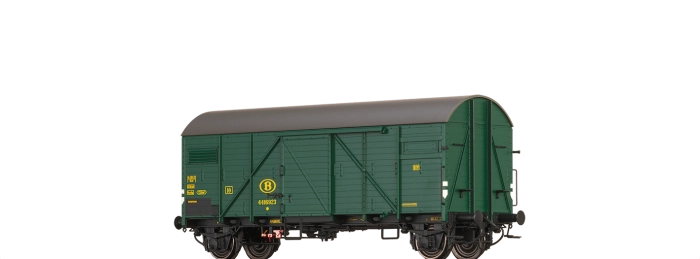
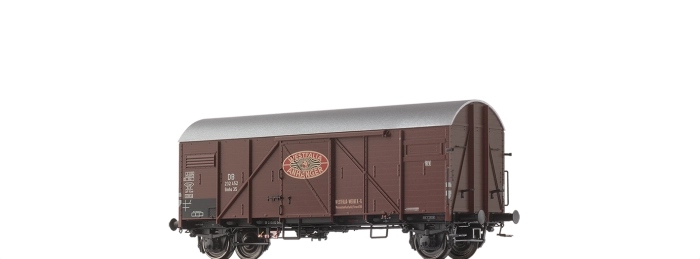
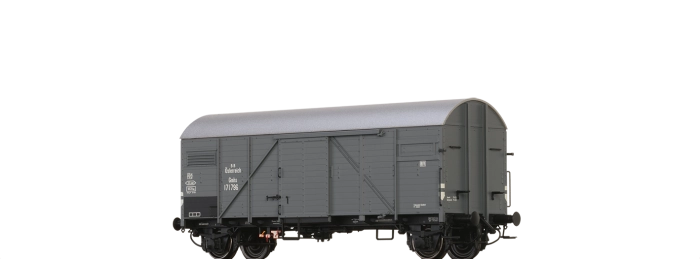
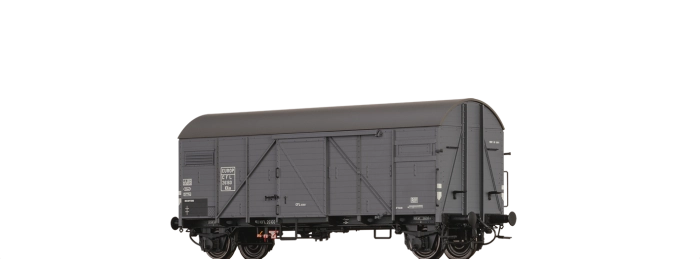
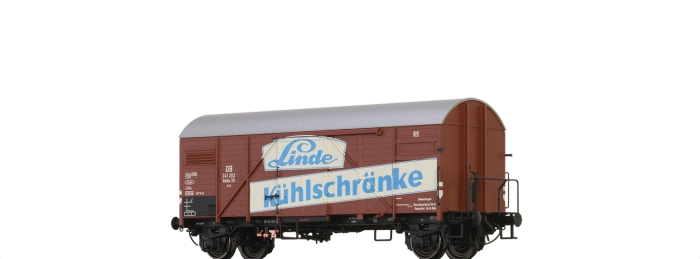
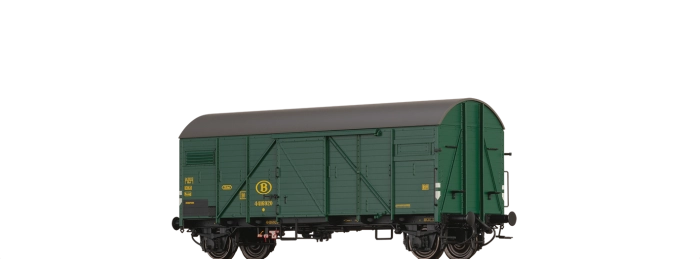
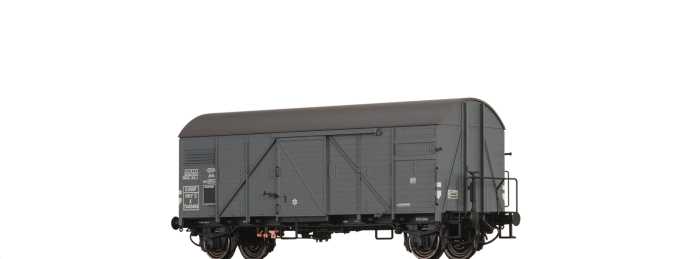
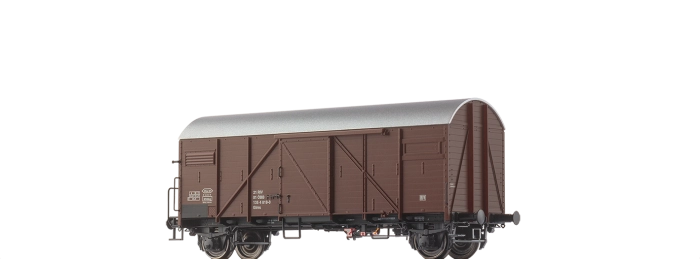
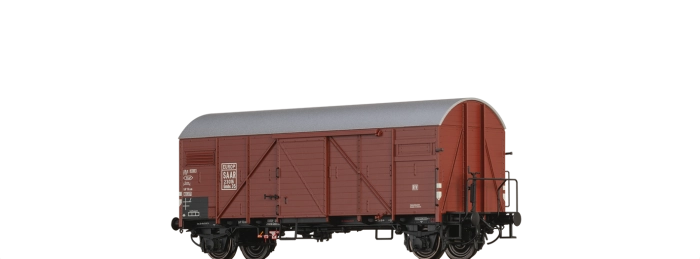
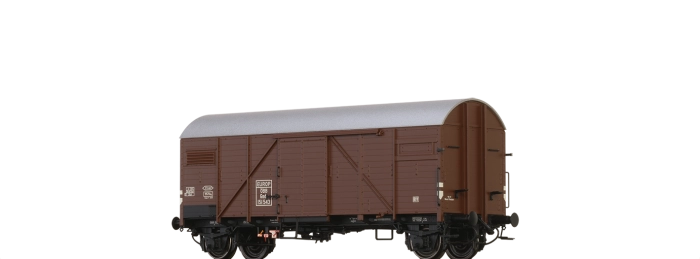
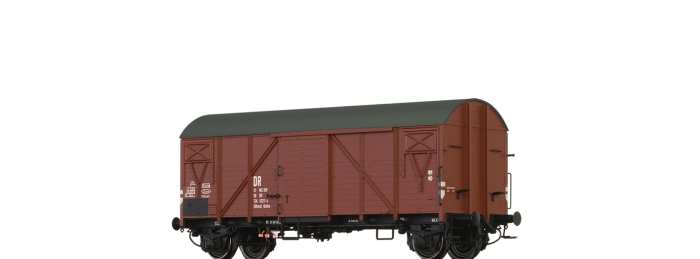
![50725 - Gedeckter Güterwagen Glmrs[1364] DR](/fileadmin/user_upload/produkte/webp/mobil_700/50725.webp)
